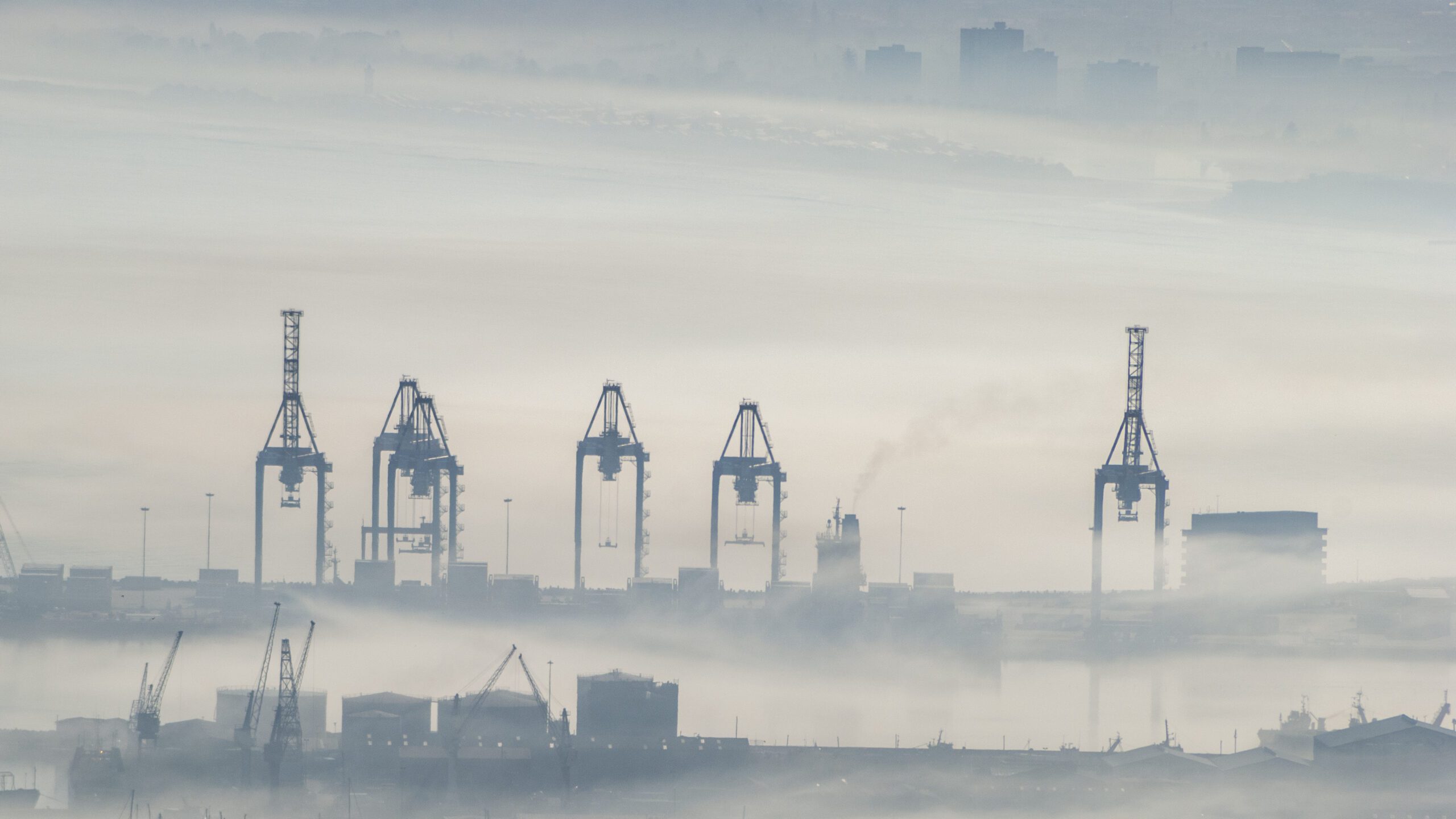It is estimated that 90% of most companies’ greenhouse gas emissions are from the supply chain.
With US Customs and Border Protection’s (CBP) Green Trade Strategy and partner countries adopting similar initiatives that reward innovation and real-time reduction of carbon footprints, it just makes sense that we’ll be seeing growth in new technologies and fresh ideas to better optimize current technologies. Especially exploring maritime emissions solutions. The International Maritime Organization (IMO) reports that 3% of all global greenhouse gas emissions come from shipping. 3% may look like a small number, but it’s more than some countries emit as a whole.
Norwegian company Siglar Carbon just launched a new tool that allows logistics professionals to choose a carrier based on carbon emissions. “Commercial decarbonisation is when commercial players in the shipping ecosystem make carbon conscious shipping decisions in a profitable way. Factoring carbon emissions and the coming carbon cost into commercial shipping decisions is an efficient way to start reducing shipping emissions on a large scale.” Siglar Carbon said in a press release. They also stated, “The best moment to avoid emissions is when planning the shipping of cargo. Therefore, addressing the charterer’s decisions is vital. If the charterer is not aware of the carbon consequence of this decision, fixing a ship in the spot market can be a major emissions driver.”
Innovators are experimenting with ship redesigns focused on wind power. Sailcargo is not just experimenting. They’re building. They have two ships that will be ready by 2023. The first of which will be able to carry 250 tons of cargo. While this doesn’t match the capacity of the biggest container ships which can carry up to 150,000 tons, Sailcargo says that, “Utilizing wind as an energy source for any kind of ship will have to be taken more seriously.”
For the bigger container ships, there’s another answer. One put forth by a French company called Airseas. They’re calling their program “Seawing” and it can be added to ships already in use. It consists of a giant kite that helps pull the vessel along, a system to control the kite, and weather tracking that then suggests the best route to take. The company claims that Seawing lowers emissions and fuel consumption by 20%.
It’s an exciting time in the industry and we’re looking forward to seeing how we can all grow together while protecting our natural resources.
RS Express is committed to moving your cargo quickly and efficiently. With our team’s years of experience and expert planning, we can help you strategize how to meet new CBP policy while balancing compliance with profit. Reach out to your trusted logistics partners at RS Express for new solutions today.







Follow Us